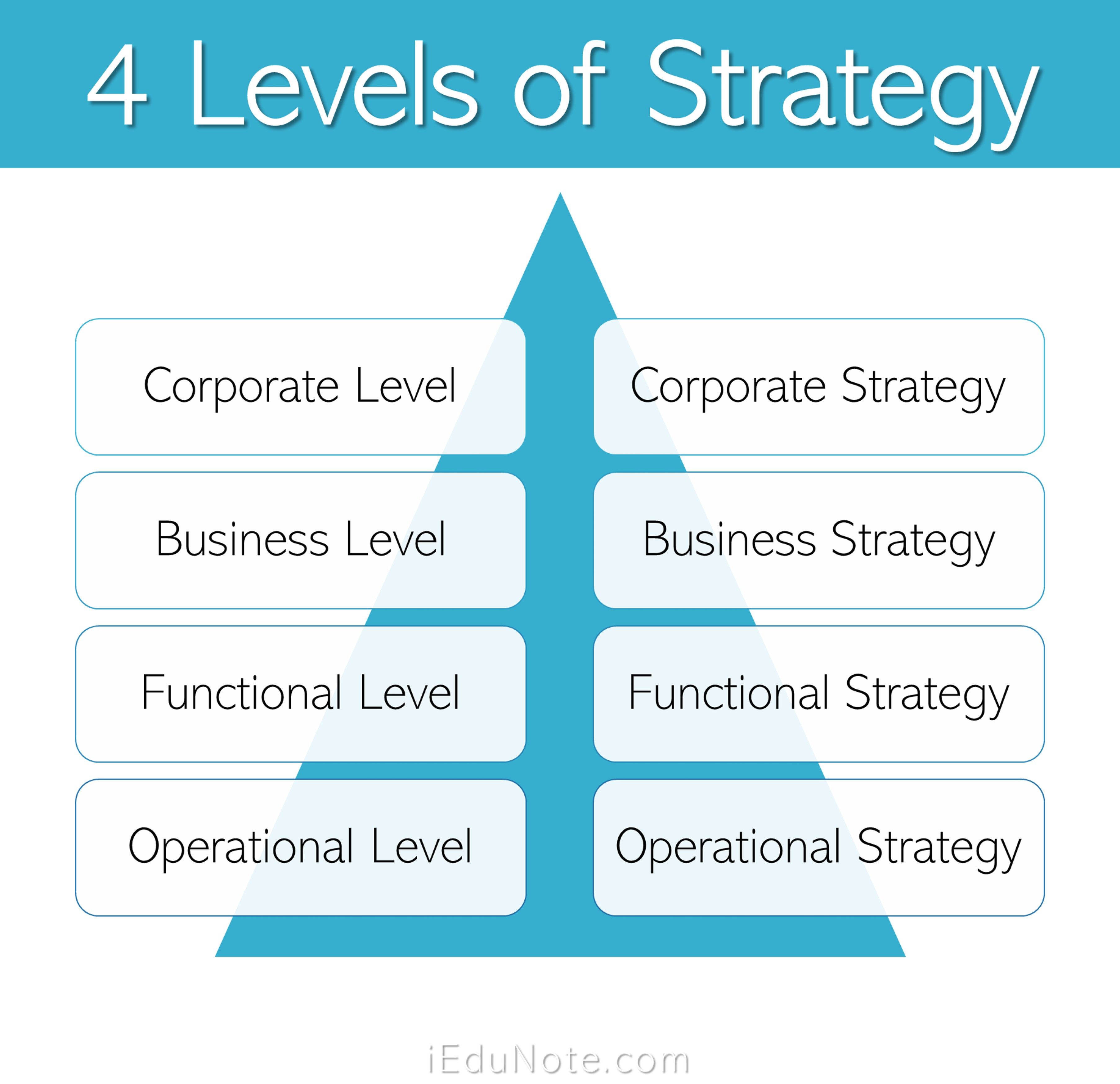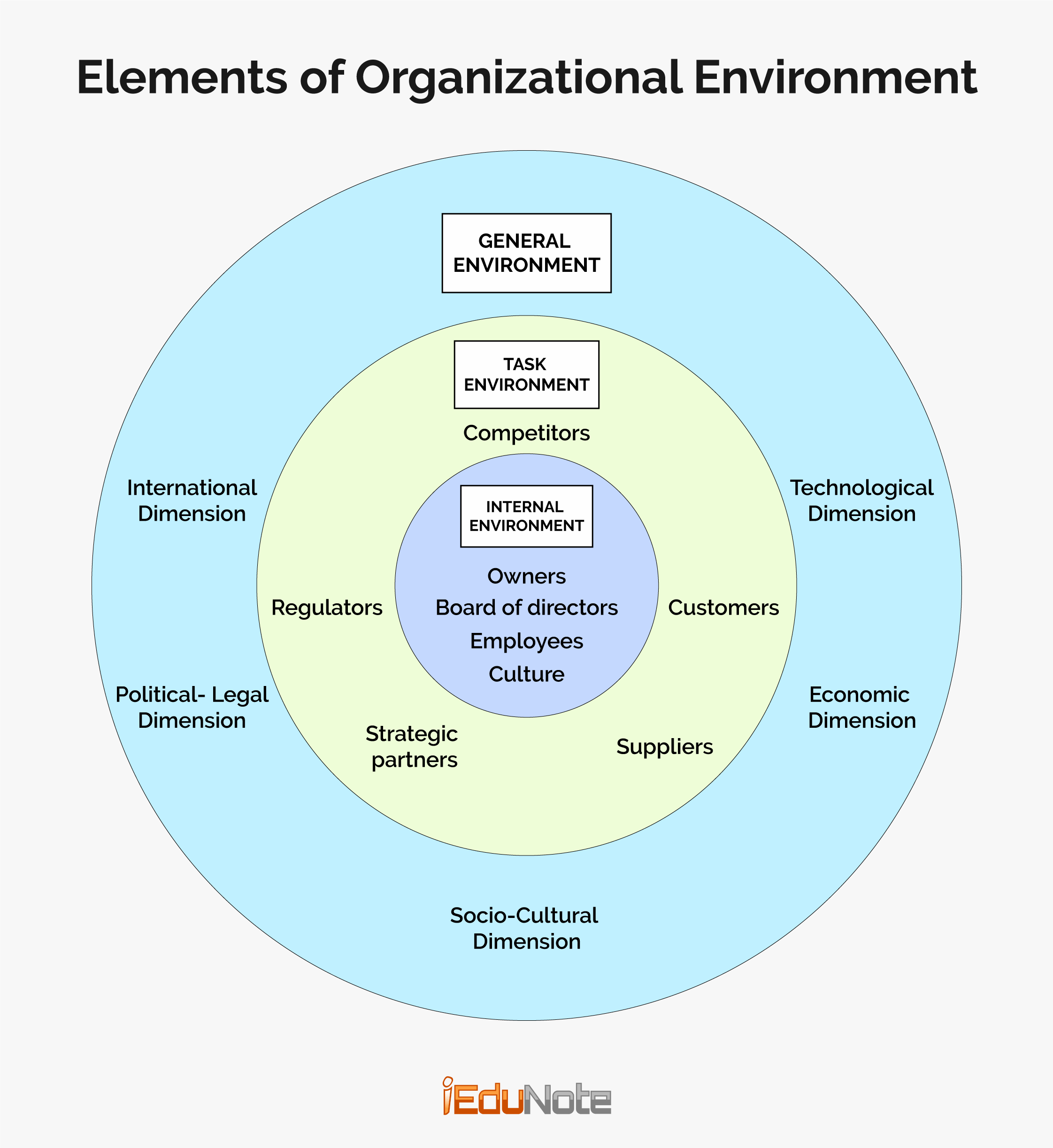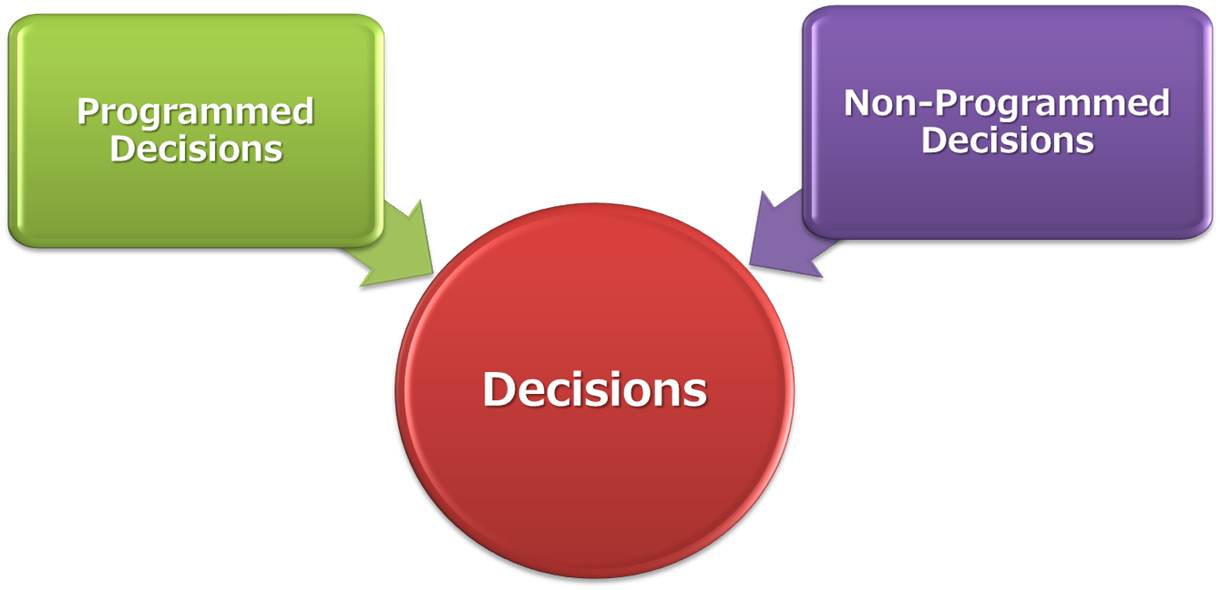4 levels of strategy (1) Corporate level strategy, (2) Business level strategy, (3) Functional level strategy, and (4) Operational level strategy. Let’s understand how these work in real business world.
Strategic Alternatives are developed to set directions in which the business’s human and material resources will be applied for a greater chance of achieving selected goals. The strategy is a comprehensive concept, and for this reason, it is often used in different ways.
But this difference creates a major problem when some writers focus on both the endpoints (mission, goals, objectives) and the means of achieving them (policies and plans). Still, others emphasize the means only rather than the ends in the strategic process.
Strategy refers to the determination of the purpose or mission and the basic long-term objectives of an enterprise and the adoption of courses of action and allocation of resources necessary to achieve these aims.
Therefore, the objectives discussed earlier are a part of strategy formulation.
Policies are general statements that guide managers’ thinking to make a decision. They provide a broad boundary within which decisions should fall.
Therefore the essence of the policy is discretion strategy.

However, concerns the direction in which human and material resources will be applied to increase the chance of achieving selected objectives.
The key function of strategies and policies is to unify and give direction to plans. But if one of them stands alone, it can hardly ensure that an organization will reach its goal.
Strategic planning seems to be a simple exercise; it analyses the current and expected future situation, decides the firm’s direction, and develops the means for achieving the goal.
In reality, strategic planning is a very complicated process that demands a systematic approach to identify and analyze factors external to the organization and matching them with the firm’s capabilities.
Features of Strategic plans
The following are some of the most important characteristics of strategic plans:
- They are long-term in nature and place an organization within its external environment.
- They are comprehensive and cover a wide range of organizational activities.
- They integrate, guide, and control organizational activities for the immediate and long-range future.
- They set the boundaries for managerial decision-making. Since strategic plans are the primary documents of an organization, all managerial decisions are required to be consistent with its goals. Strategic plans, thus, set forth the long-term objectives, intermediate objectives, and main purpose or the basic role of an organization.
4 Levels of Strategy-Making / 4 Types of Strategic Alternatives
Strategy-making involves identifying the ways an organization can undertake to achieve performance targets, weaken competitors, achieve a competitive advantage, and ensure the organization’s long-term survival.
In a diversified company with different lines of business under one umbrella, strategies are initiated at four levels.
The strategies at each level of the organization are known by the name of the level.
4 levels of strategy are;
- Corporate Level Strategy
- Business Level Strategy
- Functional Level Strategy
- Operational Level Strategy

Corporate-level strategy
Corporate strategy defines the markets and businesses in which a company will operate.
Corporate strategy is formulated at the top level by the top management of a diversified company (in our country, a diversified company is popularly known, as a group of companies, such as Alphabet Inc.). Such a strategy describes the company’s overall direction regarding its various businesses and product lines.
Corporate strategy defines the long-term objectives and generally affects all the business units under its umbrella.
A corporate strategy, for example, of P&G may be acquiring the major tissue paper companies in Canada to become the unquestionable market leader.
The corporate-level strategy is the set of strategic alternatives from which an organization chooses as it manages its operations simultaneously across several industries and several markets.
Business-level strategy
Business strategy defines the basis on which firm wilt compete.
It is a business-unit-level strategy formulated by the senior managers of the unit. This strategy emphasizes strengthening a company’s competitive position in products or services.
Business strategies are composed of competitive and cooperative strategies.
The business strategy encompasses all the actions and approaches for competing against the competitors and the ways management addresses various strategic issues.
As Hitt and Jones have remarked, the business strategy consists of plans of action that strategic managers adopt to use a company’s resources and distinctive competencies to gain a competitive advantage over its rivals in a market.
Business strategy is usually formulated in line with corporate strategy. The main focus of the business strategy is on product development, innovation, integration (vertical, horizontal), market development, diversification, and the like.
The competitive strategy aims at gaining a competitive advantage in the marketplace against competitors.
And competitive advantage comes from strategies that lead to some uniqueness in the marketplace. Winning competitive strategies are grounded in sustainable competitive advantage.
Examples of competitive strategy include differentiation strategy, low-cost strategy, and focus or market-niche strategy.
Business strategy is concerned with actions that managers undertake to improve the market position of the company by satisfying the customers. Improving market position implies undertaking actions against competitors in the industry.
Thus, the concept of competitive strategy (as opposed to cooperative strategy) has a competitor orientation. The objective of competitive strategy is to win the customers’ hearts by satisfying their needs and, finally, to outcompete the competitors (or rival companies) and attain competitive advantages.
The success of a competitive strategy depends on the company’s capabilities, strengths, and weaknesses in its competitors’ capabilities, strengths, and weaknesses.
In doing business, companies confront a lot of strategic issues. Management has to address all these issues effectively to survive in the marketplace. Business strategy deals with these issues, in addition to how to compete.
A business-level strategy is the set of strategic alternatives an organization chooses as it conducts business in a particular industry or market.
Such alternatives help the organization focus on each industry or market in a targeted fashion.
Check out our full article on business strategy and its issues, elements, types, formulation, and process.
Functional strategy
A functional strategy is, in reality, the departmental/division strategy designed for each organizational function.
Thus, there may be a production strategy, marketing strategy, advertisement strategy, sales strategy, human resource strategy, inventory strategy, financial strategy, training strategy, etc.
A functional strategy refers to a strategy that emphasizes a particular functional area of an organization. It is formulated to achieve some objectives of a business unit by maximizing resource productivity.
For example, the production department of a manufacturing company develops a production strategy’ as the departmental strategy, or the training department formulates ‘a training strategy’ for providing training to the employees.
A functional strategy is concerned with developing a distinctive competence to provide a business unit with a competitive advantage.
Each business unit or company has its own set of departments, and every department has a functional strategy. Functional strategies are adopted to support a competitive strategy.
For example, a company following a low-cost competitive strategy needs a production strategy that emphasizes reducing the cost of operations and a human resource strategy that emphasizes retaining the lowest possible number of highly qualified employees.
Other functional strategies, such as marketing strategy, advertising strategy, and financial strategy, are also to be formulated appropriately to support the business-level competitive strategy.
Operating strategy
Operating strategy is formulated at the operating units of an organization. A company may develop an operating strategy for its factory, sales territory, or small sections within a department.
Usually, the operating managers/field-level managers develop an operating strategy to achieve immediate objectives. In large organizations, the operating managers normally take assistance from the mid-level managers while developing the operating strategy.
In some companies, managers “develop an operating strategy for each set of annual objectives in the departments or divisions.
Conclusion
Companies today compete in a variety of industries and markets.
So, as they develop business-level strategies for each industry or market, they also develop an overall strategy that helps define the mix of industries and markets that are of interest to the firm.
These levels provide businesses with a rich combination of strategic alternatives.

